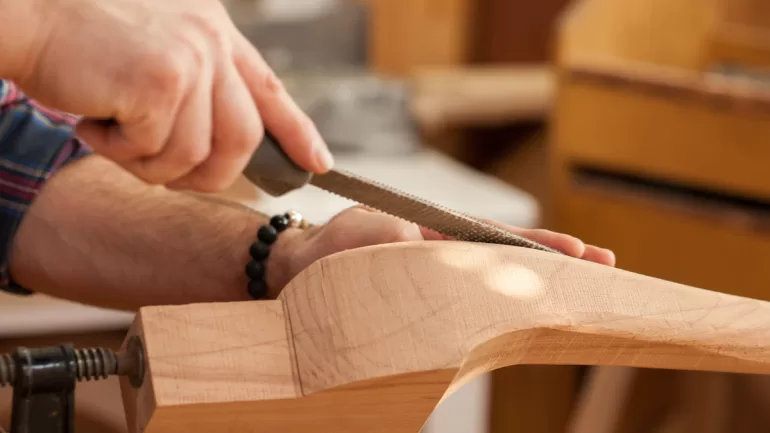ART & DESIGN
Get started with building your own furniture! From choosing materials to finishing touches, learn everything you need for your next DIY furniture project.
Best Tips for Building Your Own Furniture
BY EMMA RADEBOUGH,ARTCENTRON
Building your own furniture is an exciting, creative, and budget-friendly way to craft unique pieces for your home. Whether you’re dreaming of a rustic bookshelf or a modern coffee table, preparation is key to success. With this helpful post, you’ll learn what you need to start building your own furniture today.
Essential Tools
Equipping yourself with the right tools is fundamental, but you don’t need an elaborate workshop to get started. A few basic hand tools will take you far. Here’s what you need:
- A reliable tape measure for precise cuts and well-fitted pieces.
- Marking tools like pencils to help you outline where to cut or drill.
- A hammer for driving nails and making small adjustments.
- Flathead and Phillips screwdrivers for various fastening tasks.
- Power tools like cordless drills to save time and drill holes effortlessly.
Choosing Materials
Your choice of material shapes the look, feel, and durability of your furniture. For a classic option loved for its beauty and versatility, wood is the one for you. If you’re a beginner, pine is both easy to work with and budget-friendly.
Looking to build a statement piece that pops? The rich, dark tones of walnut will work wonders for you. On the other hand, plywood is a cost-effective choice that offers a sleek, modern finish. Whatever material you choose, always make sure to check for warps, cracks, or other imperfections before you begin. These issues can impact your project’s quality.
Fasteners and Assembly
Fasteners are essential for holding your furniture together. Some of the best furniture fasteners for sturdy assembly include wood screws, nuts and bolts, and dowels. Wood screws create exceptionally sturdy joints, while nuts and bolts are perfect for pieces that may require disassembling, like beds or tables. For a professional, seamless finish, consider using dowels or biscuits as hidden connectors.
Additionally, wood glue provides extra stability, forming a strong bond between surfaces. A combination of screws, glue, and dowels gives your project durability, stability, and style. It’s a balance that takes your build from functional to polished.
Finishing Your Furniture
Finishing touches make all the difference between a rough project and a professional-looking piece. Thoroughly sand all surfaces for smoothness. If you’re painting, use a primer to help the paint adhere evenly. When staining, skip the primer but apply the stain evenly for the best results. Thin, even layers of varnish, paint, or stain—with proper drying time between coats—will give your furniture a polished look.
Building furniture is both fulfilling and practical, but make sure to begin with simple projects like a bench or side table to hone your skills if you’re just starting out. Now that you know what you need to start building your own furniture, you’ll craft unique, beautiful pieces in no time.
